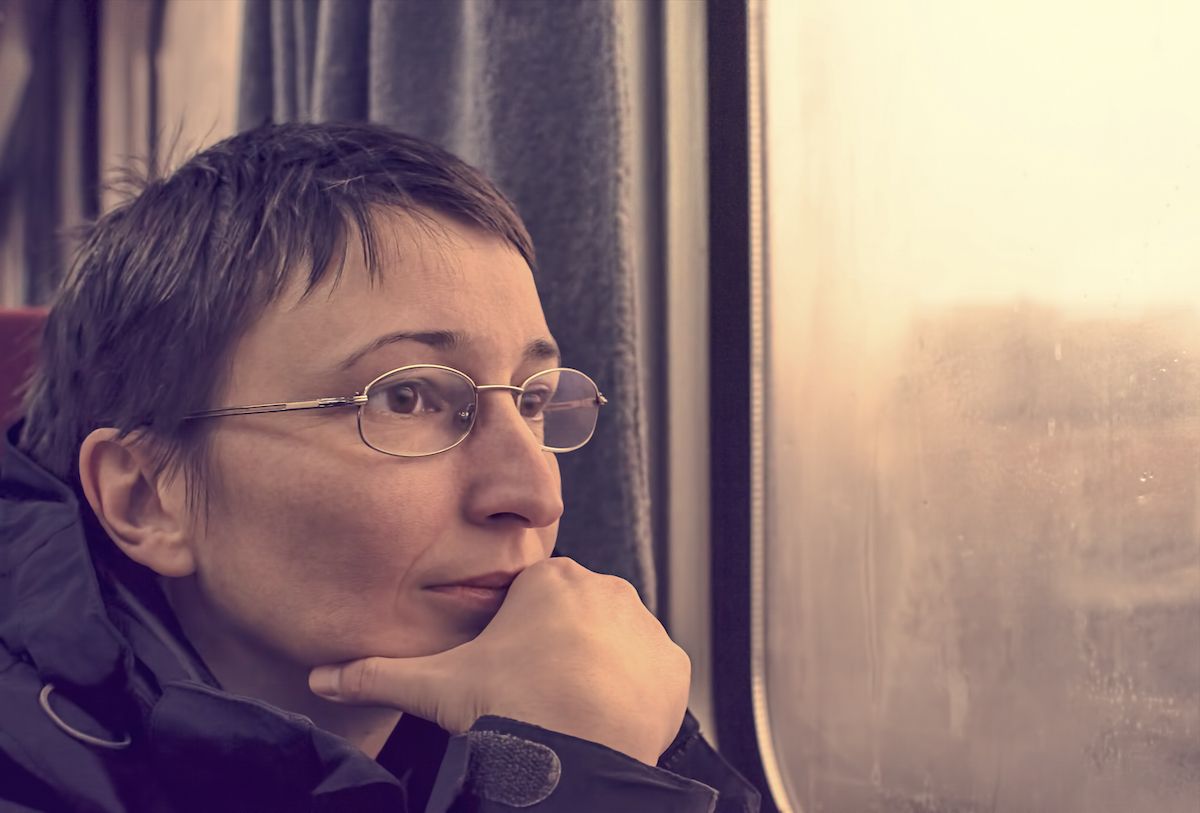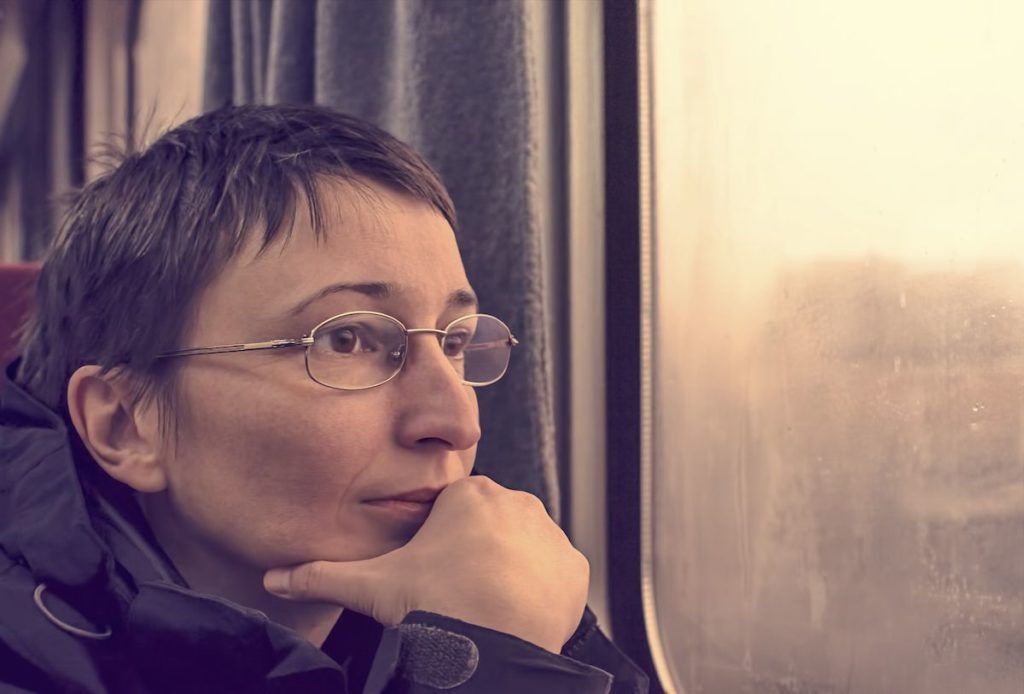
Women and Types of Bipolar
Bipolar disorder is characterized by abnormal swings in mood and shifts in energy level, activity level and general ability to function. Bipolar used to be called manic depression because those struggling with the disorder swing between periods of mania and depression. During a manic phase, a person is excited, energetic and distractible, has racing thoughts, is impulsive and may not sleep much. The symptoms of the depressive phase are similar to major depression: sadness, hopelessness, trouble concentrating, suicidal thoughts and more. Women and men experience this basic type of bipolar disorder, called bipolar I, at equal rates. Women, however, are more likely to experience other types, including bipolar II, in which the manic episodes are milder. Women are generally more likely to experience the depressive phases of bipolar disorder. They are also at a greater risk for mixed mania. This means having daily switches between mania and depression for at least a week. Women are also more likely to have rapid cycling, the most severe form of the disease, which puts women at a greater risk for suicide.
Women and Comorbidity
Comorbidity refers to the presence of other mental and physical health issues alongside bipolar disorder, and women are more likely than men to experience it. For example, women are more likely to have alcohol use problems along with bipolar disorder. They are more likely than men to experience thyroid disease, migraines, eating disorders, anxiety disorders and obesity as a result of medications when also suffering from bipolar disorder.
Hormones and Bipolar Disorder
There is evidence that bipolar disorder in women may be related to hormones. Most people develop bipolar as teens or young adults, but some women get a late-onset form that may be related to menopause. There also seems to be a connection between bipolar disorder and premenstrual syndrome, or PMS. Women with bipolar disorder experience more severe symptoms of PMS than women who do not have the disorder. Perhaps the strongest evidence for a hormonal connection is the fact that pregnant women or those who have just given birth are up to seven times more likely than other women to be hospitalized for bipolar disorder. Women are also more likely to have relapses of bipolar when they are pregnant or have just given birth.
Treatment for Women With Bipolar Disorder
Because there are such different experiences and complicating comorbidities between men and women with bipolar, it is important for mental health professionals to take a unique approach when diagnosing and treating women. Treatment for bipolar disorder most often includes medication and some type of therapy. Women may be more likely to have negative side effects from medications for bipolar disorder, particularly from a drug called valproic acid. This medication can raise testosterone levels in women and cause hormonal syndromes. Understanding the different ways in which women experience and exhibit bipolar disorder is important in making sure patients are accurately diagnosed and effectively treated. Medical researchers are catching up to the need to better understand how women experience all kinds of conditions, and this will only help all patients get better treatment.

